Exhibitions
Kitagawa Utamaro
200 years later
Kitagawa Utamaro (1753-1806), who died just 200 years ago, was one of the most productive and creative artists of the ukiyo-e ("pictures from the floating world") school.
Post Gender
Gender, Sexuality and Performativity in Contemporary Japanese Art
This exhibition presents contemporary Japanese art dealing with the complexities of gender and sexual identity, the differences between male and female, and all that lies between.
Toyokuni, Toyokuni, Toyokuni
Utagawa Toyokuni I (1769-1825) was a designer of woodblock prints of the genre known as ukiyo-e (pictures from the floating world), an illustrator of books, and a painter.
Sansui-ga
Mountains and Water in Japanese Art
Landscape (sansui-ga) is one of three artistic subjects deriving from the Chinese classification of art.
Netsuke People
Originally, the netsuke was a carved and embellished clothing accessory that was tied with a cord to other items, known as sagemono (hanging things).
Once upon a Time...
Legend and Fables in Japanese Art
Japanese tradition is rich in legends and folktales that are also represented in the plastic arts, forming a body of work indivisible from the culture of Japan. As in the rest of the world, the fables (densetsu) and folktales (mukashi-banashi: ancient stories) embody the moral values and way of life of the country.
Hokusai
Hokusai (1760-1849) is recognized as one of the greatest artists in the world. Throughout his long life he created more than 35,000 illustrations and sketches for some 500 books.
Early Woodblock Prints
n 1603, after a long period of bloody civil wars, the Tokugawa dynasty came to power - the military regime of the shoguns - and ruled for more than 250 years.
New Acquisitions II
This exhibition is the second of its kind since the Tikotin Museum of Japanese Art reopened its doors to the public in 1995.
Hidden Japan
Photographs by Kijuro Yahagi
In ancient Japan, artists, poets and monks were accustomed to travelling about the countryside and recording their experiences in paintings and poems.

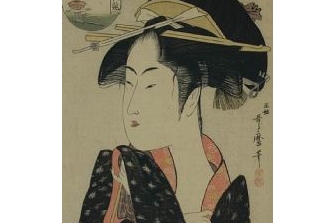

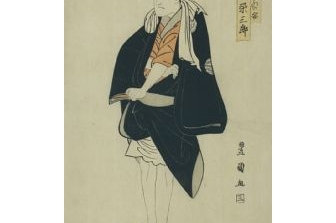
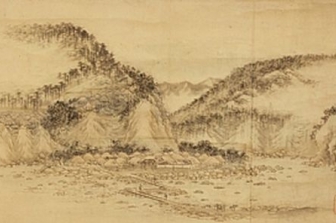
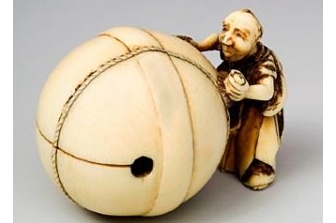
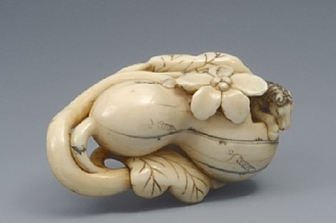
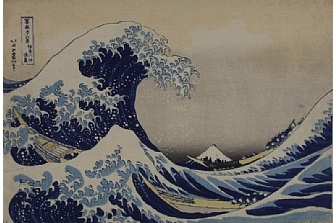

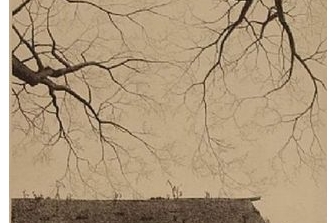

Please contact us and we will contact you as soon as possible